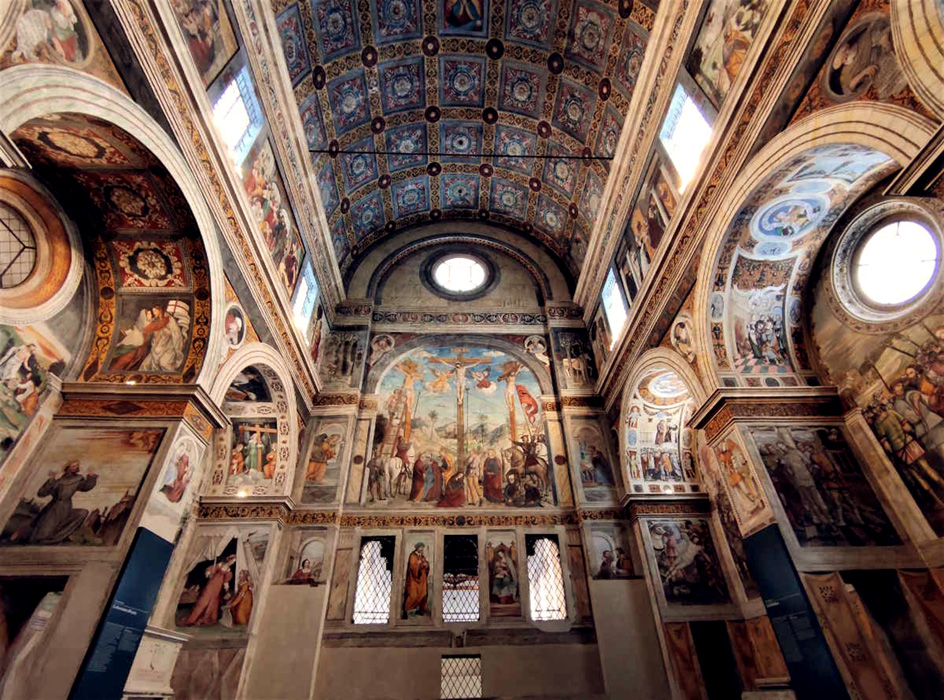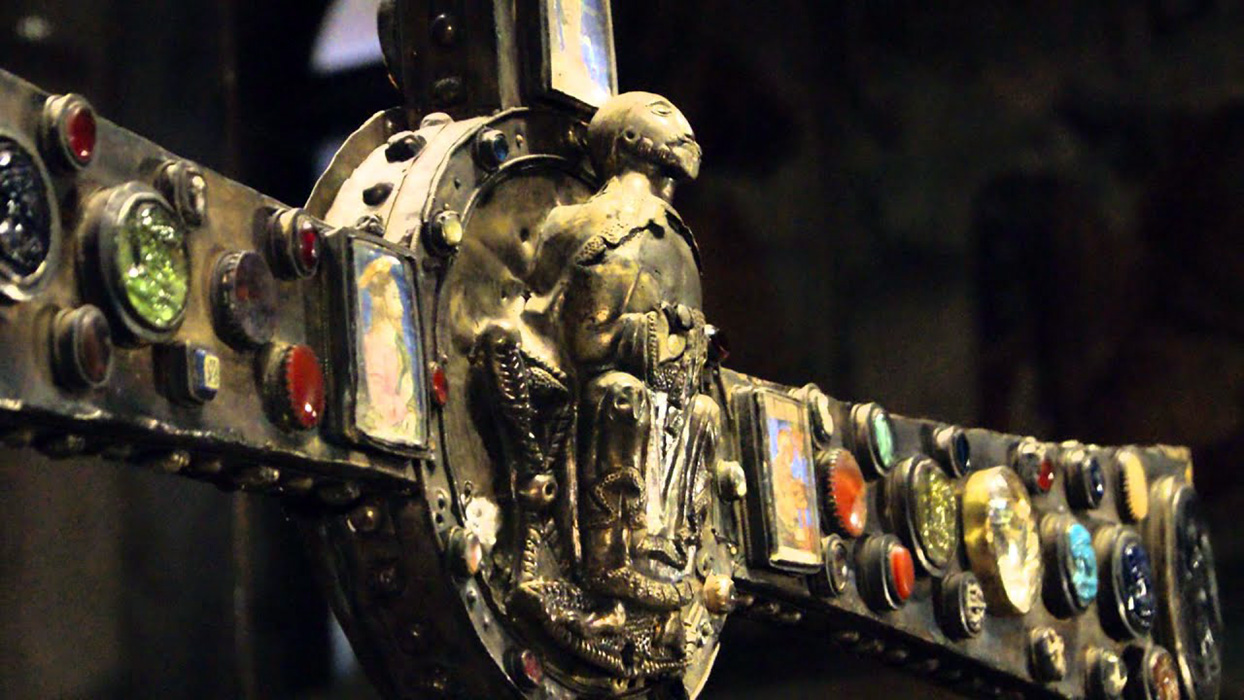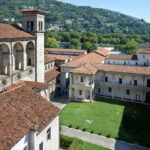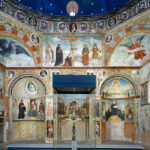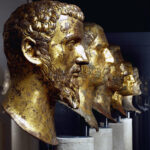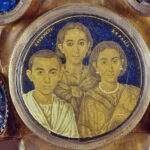Brescia – Santa Giulia museum
The Santa Giulia Monastic Complex is one of the most remarkable cultural and historical sites in Italy. Located in the city of Brescia, in the northern region of Lombardy, the complex is a testament to the long and rich history of the area.
The Santa Giulia Monastic Complex consists of several buildings, including the church of Santa Giulia, the monastery, the basilica of San Salvatore, and the ancient Roman forum. The complex was originally built in the 8th century by Desiderius, the last king of the Lombards, as a monastery for women. Over the centuries, the complex underwent several renovations and expansions, which transformed it into a magnificent architectural and artistic ensemble.
One of the most impressive features of the Santa Giulia Monastic Complex is its Romanesque architecture. The complex’s buildings are characterized by their solid and sturdy construction, with thick walls and round arches. The church of Santa Giulia, in particular, is a stunning example of Lombard Romanesque architecture, with its beautiful façade adorned with intricate sculptures and decorations.
However, the Santa Giulia Monastic Complex is not just a beautiful architectural ensemble, but also a remarkable cultural and artistic treasure. The complex houses a museum that displays an extraordinary collection of artworks and artifacts from the Lombard, Carolingian, and Romanesque periods.
The museum’s collection includes precious religious artifacts, such as illuminated manuscripts, ivory carvings, and reliquaries, as well as secular objects, such as weapons, jewelry, and household items. The museum’s most famous piece is undoubtedly the Cross of Desiderius, a magnificent gold and enamel cross that was made for King Desiderius in the 8th century.
The museum also features several rooms that showcase the daily life and customs of the monastic community that inhabited the complex over the centuries. Visitors can see reconstructions of the monastic cells, the refectory, the kitchen, and the laundry, as well as a beautiful cloister and a garden.
Overall, the Santa Giulia Monastic Complex and its museum are a must-see for anyone interested in art, history, and culture. The complex’s impressive architecture and its priceless collection of artworks and artifacts make it a unique and unforgettable destination for visitors from all over the world.



